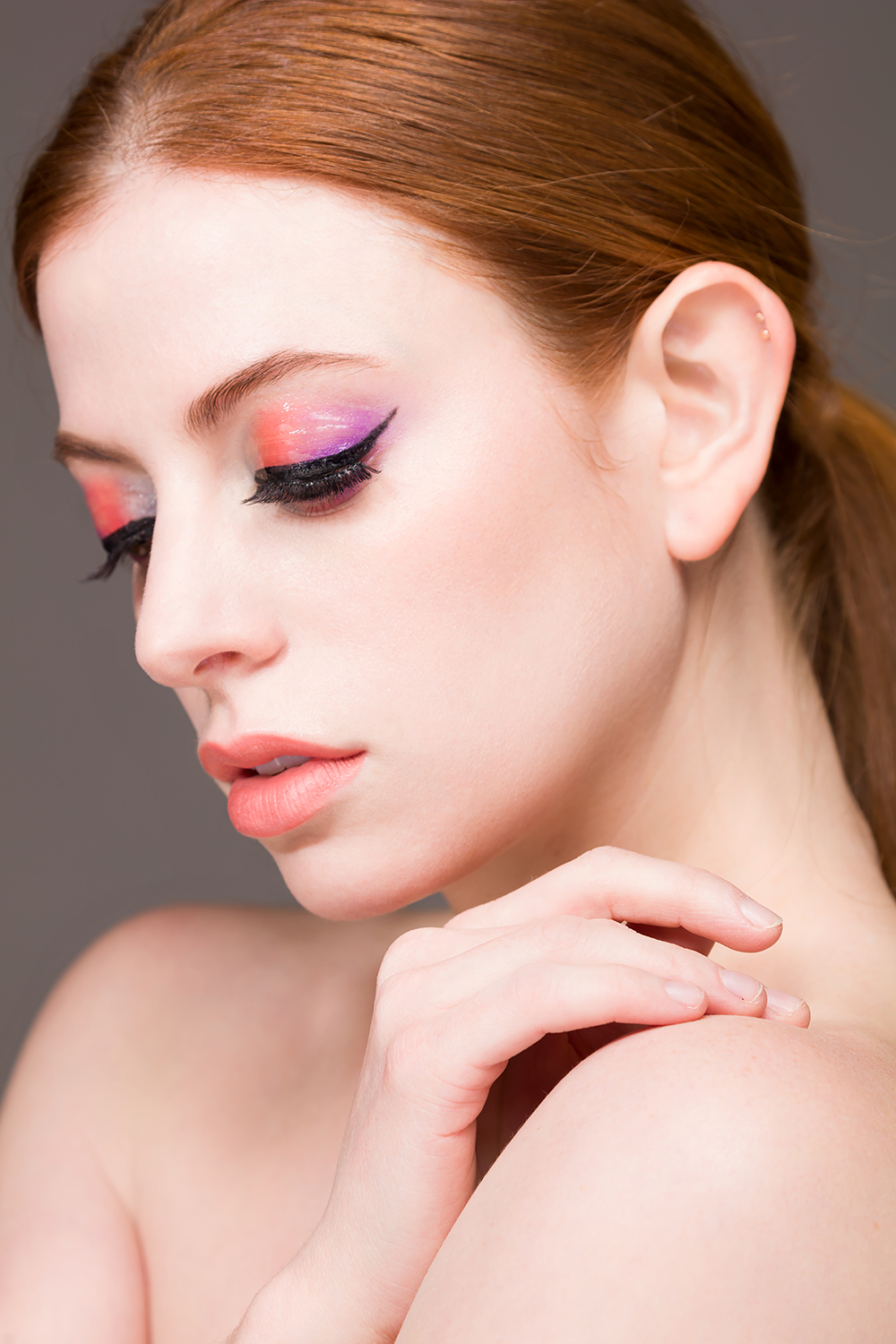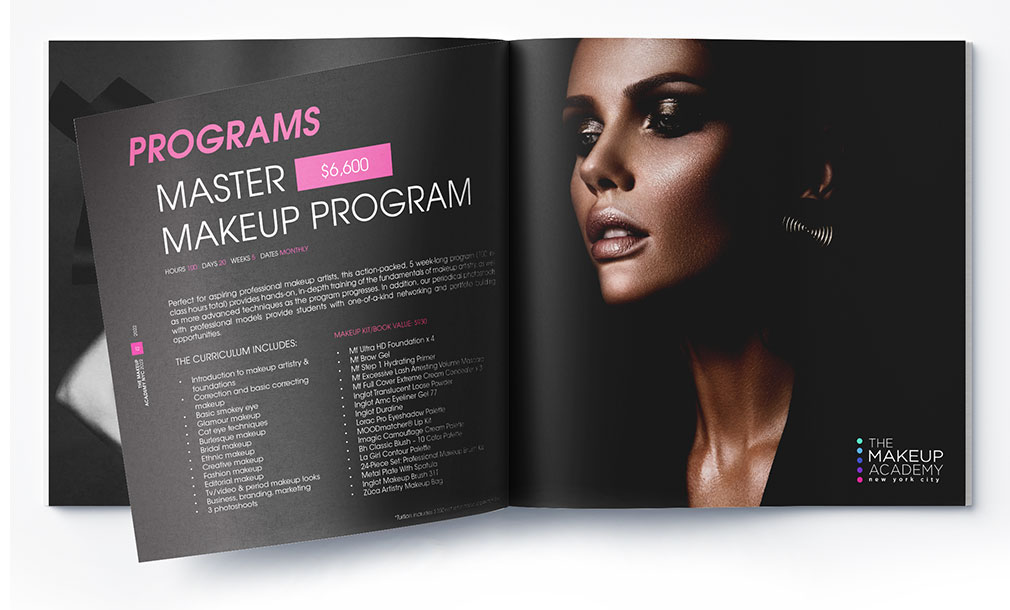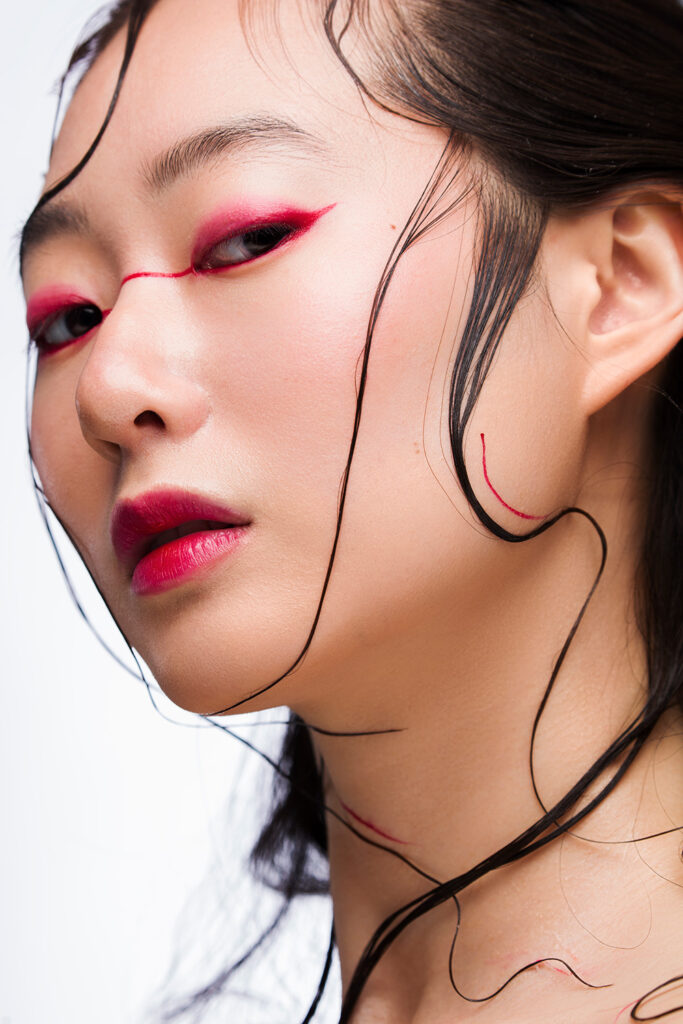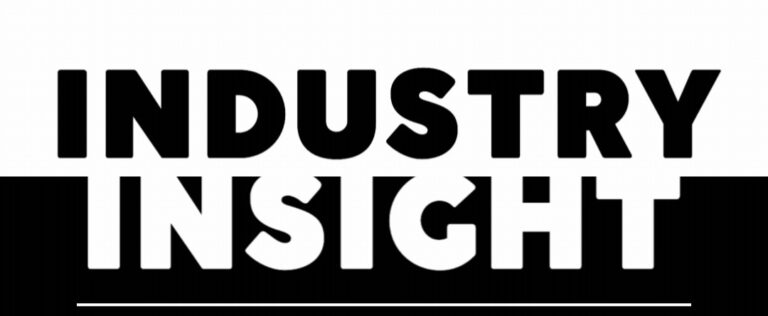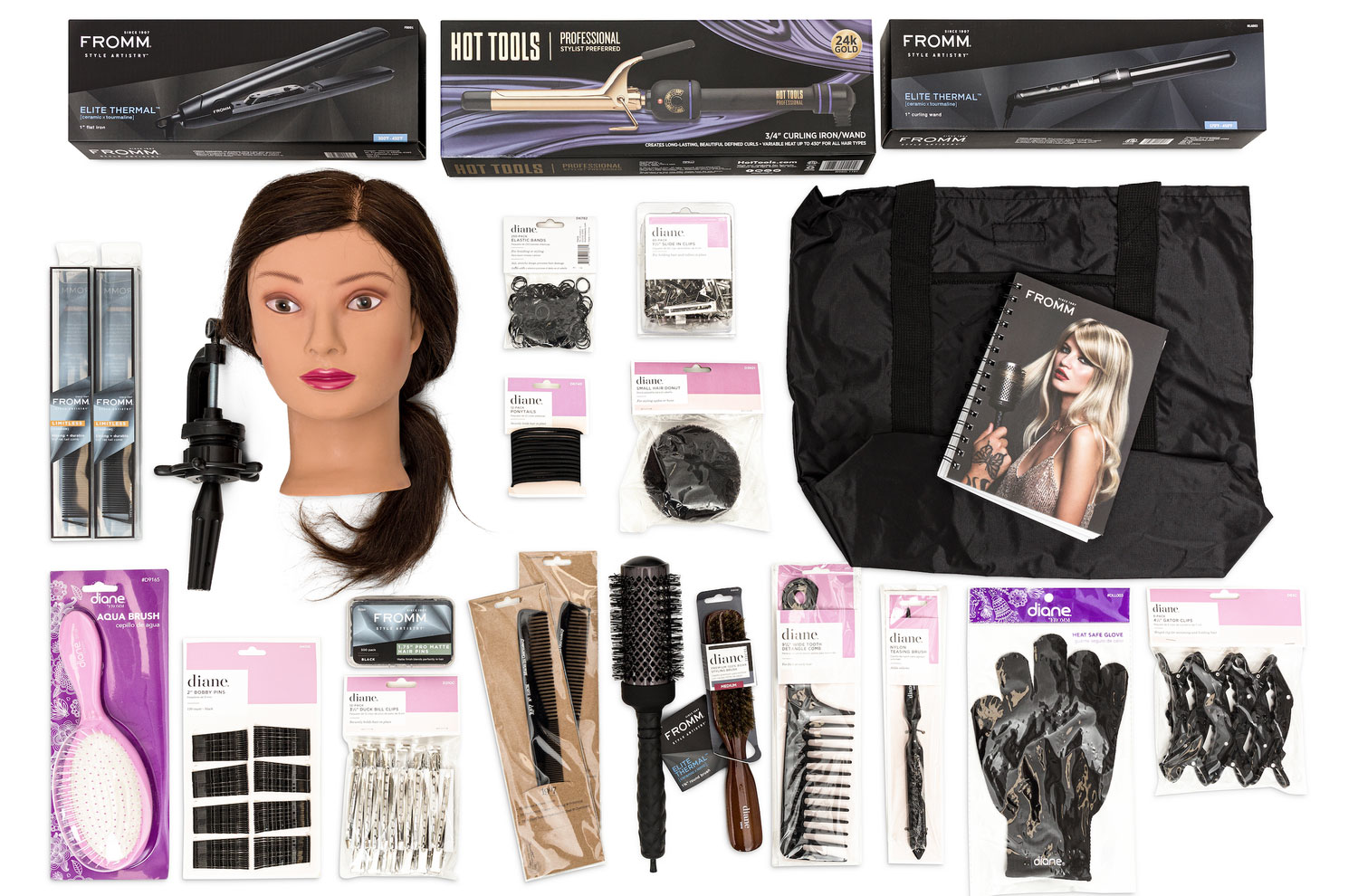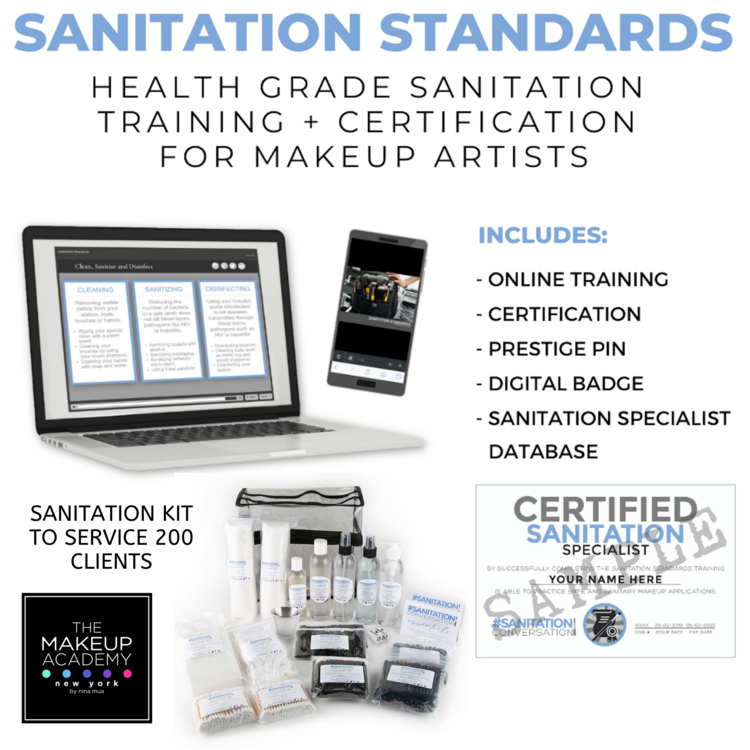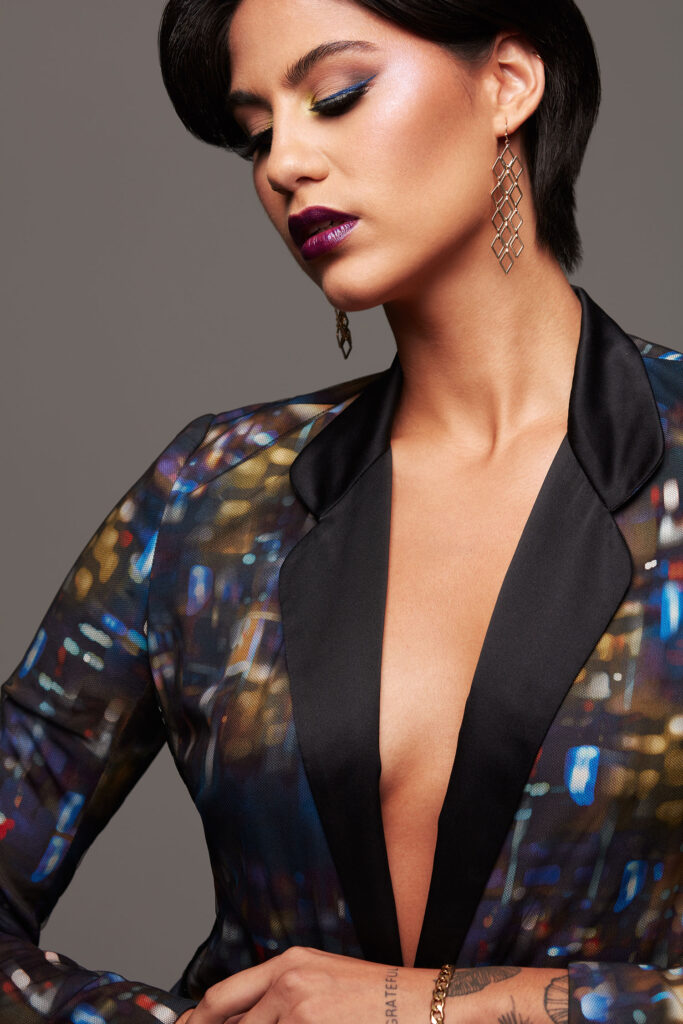Setting your rates as a freelance makeup artist is one of the most challenging and most important steps in building your business. Charge too little, and you risk burning out while barely covering your costs. Charge too much without justification, and you might lose out on dream clients. The sweet spot? A well-researched, confident pricing structure that reflects your skills, market demand, and brand value.
Pricing isn’t just about math; it’s about positioning yourself as a professional. Rates communicate the quality of your service before a client ever sits in your chair. They tell clients whether you see yourself as an entry-level artist or a sought-after expert.
In this guide, you’ll learn how to build a freelance makeup artist pricing plan that works in real life, not just on paper. From calculating your baseline costs to handling client objections, these strategies will help you set rates that are both profitable and sustainable. And if you want in-depth business training, our Master Makeup Artistry Program covers pricing, contracts, and client management to set you up for long-term success.
1. Understanding Your True Costs
Before you can decide what to charge, you need to know what it actually costs to run your makeup business. Too many artists price based on what others charge without realizing their expenses are different.
Common costs artists overlook:
- Product replenishment – Foundations, lashes, disposables, skincare primers.
- Brush cleaning & sanitation supplies – Cleaners, disinfectants, alcohol sprays.
- Travel time & fuel – You’re not just charging for the time spent on makeup; travel counts.
- Kit upgrades & training – New tools, trending palettes, continuing education.
Quick formula to find your baseline hourly rate:
- Add up your total monthly business expenses.
- Add your desired monthly income.
- Divide by the average number of billable hours you work per month.
For example, if your total expenses + income goal is $4,000 and you work 80 billable hours, your hourly rate must be at least $50 before profit.
This is exactly the type of calculation we teach in our Business of Makeup modules, where you learn to turn your artistry into a sustainable business.
2. Researching Your Market
Market research isn’t about copying rates from another artist’s Instagram bio it’s about understanding where you fit in your local industry.
Factors to consider:
- Experience level – Years of work, published features, and certifications matter.
- Niche – Bridal, editorial, SFX, celebrity, corporate.
- Location – Freelance makeup rates in NYC differ greatly from smaller towns.
- Client type – High-end luxury brides vs. budget-conscious event clients.
Why premium pricing works:
In a high-demand market like NYC, clients often equate higher pricing with higher quality. If you’ve invested in advanced programs like our SFX Makeup Program or portfolio shoots, you can justify rates that reflect your expertise.
Instead of simply matching another artist’s rate, study your competition, look at the value they offer, and position yourself where your skills and branding align.
3. Defining Your Value Proposition
What sets you apart from other MUAs charging the same rate? That’s your value proposition the clear reason clients choose you over anyone else.
How to define it:
- Pinpoint your specialties (e.g., skin tone mastery, signature bridal glow, red carpet looks).
- Identify your “experience factor”: how clients feel when working with you.
- Highlight unique skills like hairstyling from our 3-Week Hairstyling Program or expert-level portfolio curation.
Example value statement:
“I create camera-ready, flawless makeup for brides who want to look radiant in both natural light and high-definition photography, using products and techniques that ensure all-day wear without discomfort.”
When you articulate your value, pricing becomes less about comparison and more about the experience you provide.
4. Choosing Your Pricing Model
Your pricing model should fit your market, service type, and personal preference.
Common models:
- Per service – Ideal for bridal makeup, headshots, or specific events.
- Hourly rates – Best for film, theatre, and production work where hours vary.
- Package pricing – Bundled services like wedding day + trial or makeup + hairstyling.
Pros & cons:
- Per service is easy for clients to understand, but they may overlook prep/travel time.
- Hourly rates ensure you’re paid for every minute, but can be harder to pitch.
- Packages allow for upselling and higher overall spend.
Our alumni often start with per-service bridal pricing, then expand into bridal package tiers after completing specialized bridal courses.
5. Factoring in Add-Ons and Upcharges
Don’t be shy about charging for extras but present them as enhancements, not surprises.
When to add fees:
- False lashes – Custom lash application requires skill and products.
- Early morning or late-night bookings – Especially before 7 a.m. or after 8 p.m.
- Travel outside base area – Factor in both time and transportation costs.
- Special requests/last-minute calls – Rush fees cover rearranged schedules.
Tip:
Always include these in your written pricing guide to avoid awkward conversations later. This level of professionalism is a core part of our portfolio and business workshops.
6. Seasonal and Event-Based Pricing Adjustments
Certain seasons like spring weddings or holiday parties, can double your demand. Your rates should reflect that.
How to adjust fairly:
- Create “peak season” and “off-season” rate cards.
- Offer early booking discounts in slower months.
- Adjust bridal pricing tips based on year-round trends.
In NYC, prom season, Fashion Week, and fall wedding months can justify premium rates, but only if your service quality matches.
7. Communicating Your Rates with Confidence
Your delivery matters as much as your numbers.
How to answer “How much do you charge?”:
- Start with value: “For an all-inclusive bridal package with trial and touch-up kit, my rate is…”
- Avoid apologizing or over-explaining.
- Use client testimonials and portfolio shots to justify your rate.
If a client says you’re too expensive, don’t rush to discount. Instead, highlight what’s included and why your service is worth it.
8. Avoiding Common Pricing Mistakes
Even skilled artists lose money if they fall into these traps:
- Charging “starter rates” for too long.
- Never raising prices despite improved skill and demand.
- Skipping contracts and deposit policies.
- Ignoring overtime fees for extended bookings.
The fix? Treat your artistry like a business from day one. Our alumni success stories prove that setting strong policies early builds both income and respect.
9. Regularly Reviewing and Updating Your Prices
Your rates should evolve as your experience and market position grow.
Signs it’s time to raise rates:
- You’re booking out months in advance.
- Your skills or certifications have significantly improved.
- You’re attracting higher-end clients.
Rolling out increases:
- Give existing clients notice.
- Update your website and rate sheets.
- Use social proof from new work to justify the change.
Conclusion – Your Pricing is Your Brand
In the freelance beauty world, pricing isn’t just a number; it’s a statement about your professionalism and value. When you combine cost awareness, market research, and confident communication, you create a sustainable business that rewards your talent.
Whether you’re just starting or refining your rate card, remember: charge like a pro, deliver like a pro, grow like a pro. And if you want step-by-step training to master pricing, contracts, and client management, The Makeup Academy’s contact page is your next stop toward building a profitable career.



